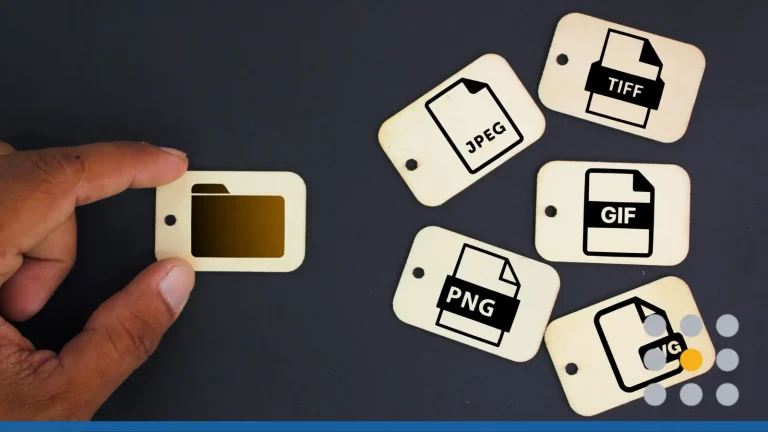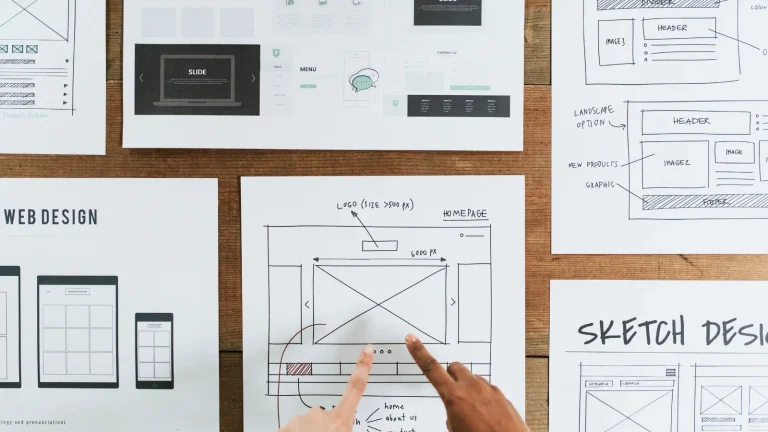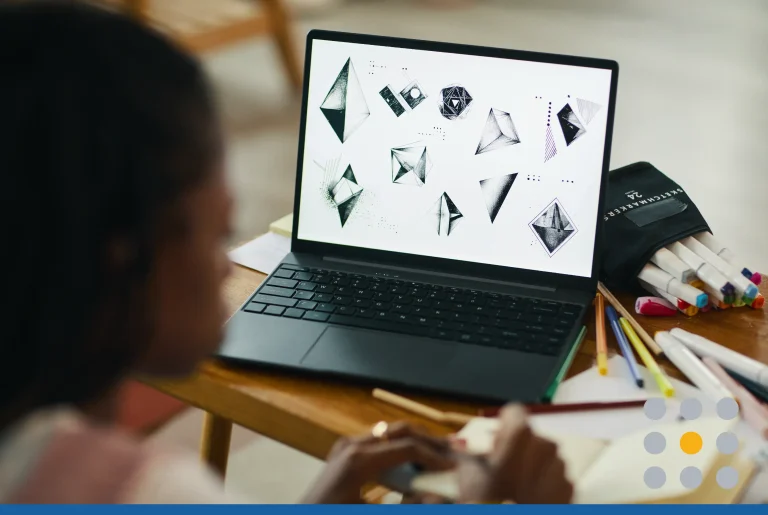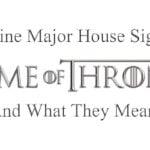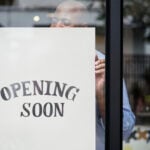Nostalgia is one of the most powerful tools in a marketer’s arsenal. The ability to tap into people’s fond memories and emotional connections to the past can help create positive associations with a brand or a product.
The enduring potency of nostalgia is reflected in the fact that many successful modern brands have decided to adopt retro logos. This was done in an attempt to harness positive memories of decades past.
The soft pastel hues of the ’70s, the neon pop of the ’80s, or the grunge edge of the ’90s have all cropped up in modern logo designs. From local diners recreating the look of 1950s signage to global brands like Pepsi and Burger King reverting to their classic designs, companies across industries are rediscovering the power of nostalgia marketing.
Recently, the restaurant chain Cracker Barrel tried to revamp its logo to a modern minimalist design, but there was a massive outcry from customers calling for an immediate return to the retro logo design. This is a perfect example of the overwhelming power of nostalgia and its effect on consumers.
In this article, we’ll dive into the world of nostalgic and retro logo styles, where familiarity meets innovation, and the past fuels the future of design.
- What Is Retro Logo Design?
- Famous Examples of Nostalgic Branding Done Right
- How to Create a Retro Logo That Resonates
- Nostalgia Branding Beyond the Logo

What Is Retro Logo Design?
Retro logo design is all about evoking emotions and memories. It draws on styles from previous decades, such as the 1950s diner aesthetic, the psychedelic 1970s, or the sleek minimalist logos of the 1980s. These designs use classic typography, muted or faded colors, and familiar symbols that transport us back to a simpler, more joyful time.
Retro logos don’t just copy the past; they reinterpret it for the present. When done right, they balance nostalgia and modern aesthetics, blending old-school charm with today’s sleek branding sensibilities.
The result? A logo that feels both timeless and fresh.
Why Nostalgia Works in Branding
Humans are emotional beings, and nostalgia taps into that emotion beautifully. The word originated in 1688 when Swiss physician Johannes Hofer coined it from two Greek words: nóstos, meaning “return,” and álgos, meaning “pain.” Hofer originally used it to describe a medical condition of severe homesickness.
Nostalgia is not just about remembering the past; it’s about reliving feelings of comfort, safety, and happiness. Think about it: a certain song, smell, or image can instantly transport you to your childhood or your youth.
Brands understand this. When they use nostalgic imagery, they’re not only reminding customers of “the good old days,” they’re building trust through familiarity.
Here’s why it works so well:
- It triggers positive emotions: People associate retro visuals with fond memories, from the excitement of unwrapping a candy bar as a kid to the joy of watching Saturday morning cartoons.
- It builds loyalty: When customers feel connected to a brand’s history, they’re more likely to stay loyal.
- It stands out in a crowded market: Amid sleek minimalism and modern sameness, a vintage-inspired logo feels refreshing and authentic.
- It appeals to multiple generations: Boomers feel nostalgic for their youth, while Gen Z and Millennials view retro as cool and “authentic.”
The key is to leverage nostalgia without getting stuck in the past, using retro aesthetics to inspire the future.
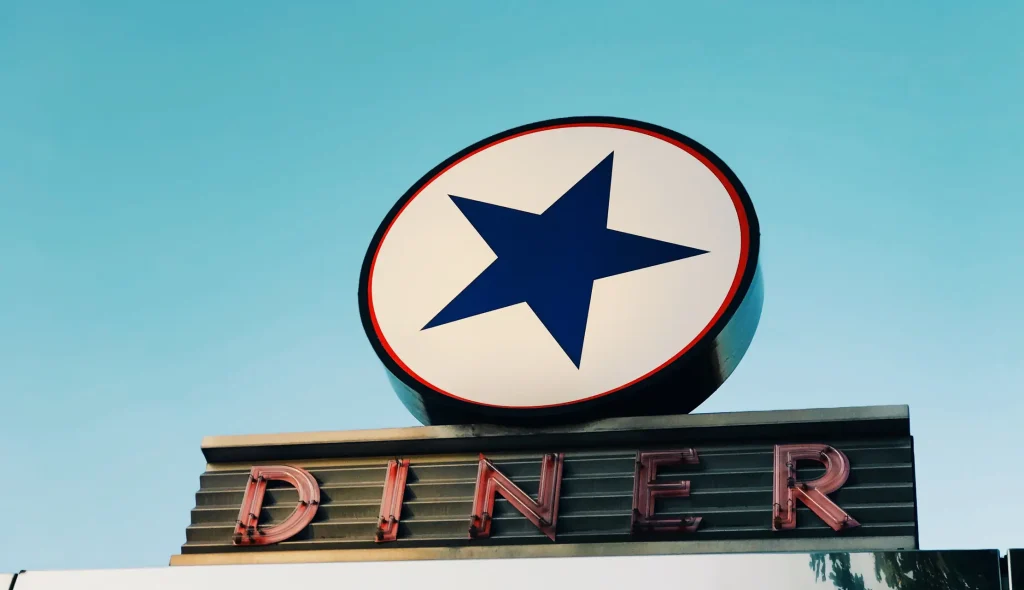
The Emotional Power of Nostalgia
Nostalgia isn’t just a marketing trick; it’s deeply psychological. Studies show that nostalgic memories boost self-esteem, make people feel connected to others, and increase positive feelings about the present.
That’s why a retro logo can do more than sell a product; it can create a sense of belonging. When consumers see an iconic logo that reminds them of childhood moments, like sipping a cola, visiting local restaurants with family, or listening to classic music, they feel emotionally anchored.
This emotional resonance gives nostalgic brands an edge. They’re not just selling goods; they’re selling memories and meaning.
Famous Examples of Nostalgic Branding Done Right
Let’s take a trip down memory lane with some iconic examples of brands that embraced retro design and won big.
Burger King
In 2021, Burger King revealed its new logo, which actually looked like its old one from the 1969–1999 era. The rounded letters and warm colors screamed retro, and fans loved it. This wasn’t just design nostalgia; it was a signal that the brand was returning to its roots of quality, familiarity, and fun.
Pepsi
Pepsi has gone through dozens of redesigns, but its 2023 update was a nod to its classic 1980s aesthetic, bold, confident, and instantly recognizable. It blended nostalgia with a modern twist, proving how past designs can shape future success.
Coca-Cola
Coca-Cola has always been the king of nostalgia marketing. From its vintage glass bottles to ads featuring classic jingles and Santa Claus, the brand consistently reminds us of joyful moments that span generations.
Bob Ross
Yes—even Bob Ross, the soft-spoken painter known for “happy little trees,” has become a retro icon. His image, voice, and message of calm creativity have been revived on merchandise, memes, and streaming platforms. He represents authenticity and positivity, two traits consumers crave today.
Polaroid
After disappearing for years, Polaroid made a comeback by celebrating its vintage charm with colorful branding, classic camera design, and the magic of instant photography. It’s proof that a nostalgic product, reimagined for today, can thrive in a digital world.
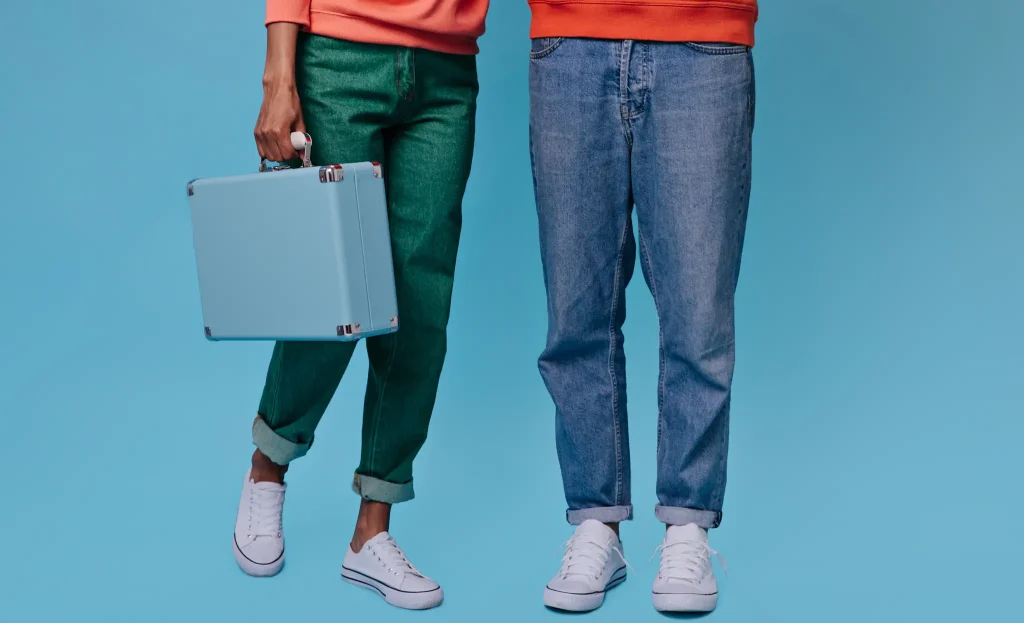
Levi’s
Levi’s has always been synonymous with timeless fashion. Instead of abandoning its roots, the company celebrates its rich history through its branding, from its 1886 “Two Horses” logo to its red tab design. Levi’s uses nostalgia to remind customers that authentic style never goes out of fashion.
Nintendo
For millions, Nintendo represents the pure joy of gaming. By bringing back classic franchises like Mario, Zelda, and Pokémon, the company blends nostalgia with innovation. Its logo and marketing maintain a consistent, friendly simplicity that has spanned generations.
Dunkin’
When Dunkin’ dropped “Donuts” from its name, it didn’t abandon its roots. Instead, it leaned into a retro-modern logo with bold orange and pink colors, soft rounded typography, and a fun, nostalgic feel. The branding captures the energy and friendliness of the company’s early days, while the simplification keeps it relevant in a fast-paced digital world.

The Resurgence of Retro in Modern Graphic Design
Retro design isn’t just a fad. In an era dominated by digital minimalism, designers are rediscovering the joy of bold colors, funky fonts, and vintage textures.
Today’s graphic design scene is filled with nods to earlier eras:
- 1970s groovy typography for fashion and lifestyle brands.
- 1980s neon and chrome for tech and entertainment companies.
- 1990s pixel art and grunge textures for gaming and youth brands.
This creative revival is a way to connect with audiences emotionally while still looking fresh. Designers are blending retro aesthetics with modern layouts and digital polish, a concept often called “modern retro.”

How to Create a Retro Logo That Resonates
If you want to jump on the nostalgia train, here’s how to create a retro logo that connects with your target demographic while staying true to your company’s spirit.
Step 1: Research Your Era
Start by deciding which decade inspires you: the 1950s, 1970s, 1990s, or whichever decade speaks to you. Study its colors, typography, and imagery. Each era carries a distinct mood and message.
Step 2: Use Classic Typography
Fonts are the heart of a retro logo. Try bold script fonts for a mid-century diner vibe or blocky sans serifs for an industrial look. Hand-lettered or distressed fonts can add a sense of authenticity.
Step 3: Pick a Nostalgic Color Palette
Warm oranges, faded yellows, muted reds, and seafoam greens instantly recall the past. Avoid overly modern gradients unless they complement the vintage style.
Step 4: Add Textures & Illustrations
Subtle grain, halftones, or hand-drawn illustrations can give your logo that vintage feel. Think old print ads, packaging, or vinyl covers for inspiration.
Step 5: Balance Old & New
Remember, retro doesn’t mean outdated. Use modern composition techniques and scalable design so your logo still looks great on social media, websites, and apps.
Step 6: Test with Your Audience
Your audience will determine how nostalgic your logo should feel. A youthful audience may respond to playful retro vibes, while an older demographic may prefer genuine vintage authenticity.
Ready to harness the power of nostalgia? Create an amazing retro logo using FreeLogoServices‘ AI-Powered logo design platform. Customize each retro design element to transport your audience to the good old days.
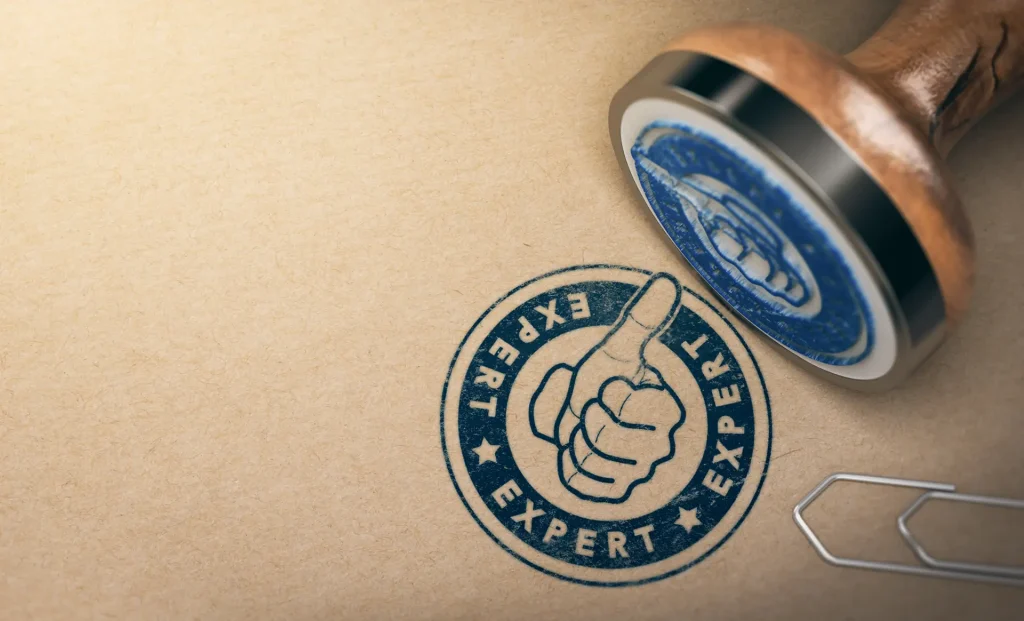
Nostalgia Branding Beyond the Logo
Retro branding doesn’t stop at the logo; it extends to the entire brand experience. The goal is to make customers feel like they’ve stepped into a familiar, comforting world.
Here’s how brands do it:
- Packaging: Recreate old packaging styles with a modern twist.
- Store design: Use vintage decor, neon signs, and classic music to set the mood.
- Social media: Post throwback images, classic ads, or time-capsule content to build engagement.
- Marketing campaigns: Celebrate anniversaries or “heritage collections” to evoke pride and loyalty.
How Brands Use Nostalgia to Capture the Present
Modern brands use nostalgia not to live in the past, but to reconnect with human emotion in an overstimulated world.
For example:
- Nike reissues old sneaker designs, appealing to both collectors and new fans.
- Nintendo revives classic games, merging childhood memories with modern tech.
- Levi’s uses vintage-inspired campaigns to highlight timeless fashion and craftsmanship.
These brands understand that nostalgia isn’t about being old-fashioned; it’s about authenticity and continuity. They honor their past while evolving for the future.

Nostalgia & Small Businesses
You don’t have to be a global brand to benefit from nostalgia marketing. Vintage clothing stores, barbershops, and small breweries have been leading this charge for years.
Many restaurants use retro branding to create a greater sense of connection with the community. You’re more likely to support local restaurants if you feel they have been a pillar of the neighborhood for decades.
Supporting these businesses isn’t just about eating or shopping local; it’s about preserving shared memories and cultural heritage.
The Balance Between Past & Future
Nostalgia is powerful, but it’s not a free pass to live in the past. If brands rely solely on old designs without innovation, they risk feeling irrelevant.
The magic lies in balance. A brand should use retro aesthetics to celebrate its roots while continuing to evolve. Nostalgia works best when paired with a forward-looking vision, combining old emotions with new ideas.
In other words, use the past to inspire the future.
Conclusion
Like most things in branding, nostalgic and retro logo styles are about creating a long-lasting human connection. They remind us that even in a fast-changing world, our memories and emotions are timeless.
From bold, vintage fonts to classic imagery, from old-school diners to global giants, the spirit of the past continues to shape the brand experiences of today. When done right, nostalgic branding captures not only attention but hearts. It lets customers relive cherished moments while embracing the future with joy and optimism.
You don’t need to be a professional graphic designer to create an amazing retro logo. Use FreeLogoServices‘ intuitive AI-Powered logo maker to craft an eye-catching retro logo in just minutes, no prior experience required. Get started today!
FREQUENTLY ASKED QUESTIONS
What is a retro logo?
A retro logo draws inspiration from past decades, using classic typography, vintage color palettes, and nostalgic imagery to evoke emotion and familiarity.
Why do brands use nostalgia in marketing?
Brands use nostalgia marketing to create emotional connections with customers by reminding them of happy moments from the past. It helps build trust, authenticity, and brand loyalty.
How can I make my logo look retro but still modern?
Combine vintage fonts and colors with clean layouts and scalable design elements. The goal is to blend old-school charm with modern usability.
Which industries benefit most from nostalgic branding?
Food, fashion, entertainment, and local businesses often benefit the most, as they naturally evoke memories tied to taste, music, and community.
Is nostalgia marketing effective for younger audiences?
Yes! Even younger generations who didn’t live through certain eras love the aesthetics and authenticity of retro branding. It feels unique and refreshing compared to overly polished modern design.
Can nostalgia go wrong in branding?
It can if overdone or used without context. Brands that rely too heavily on the past without offering something new may appear stagnant or out of touch.
How do I know if nostalgia fits my brand?
If your company’s story, values, or audience align with emotions like comfort, joy, or familiarity, nostalgic design could be a perfect fit. Research your target audience before launching a new logo or campaign.
What makes a retro logo successful?
A successful retro logo captures the spirit of a past era while remaining relevant today. It resonates emotionally, aligns with the brand’s identity, and communicates a clear, authentic message.
